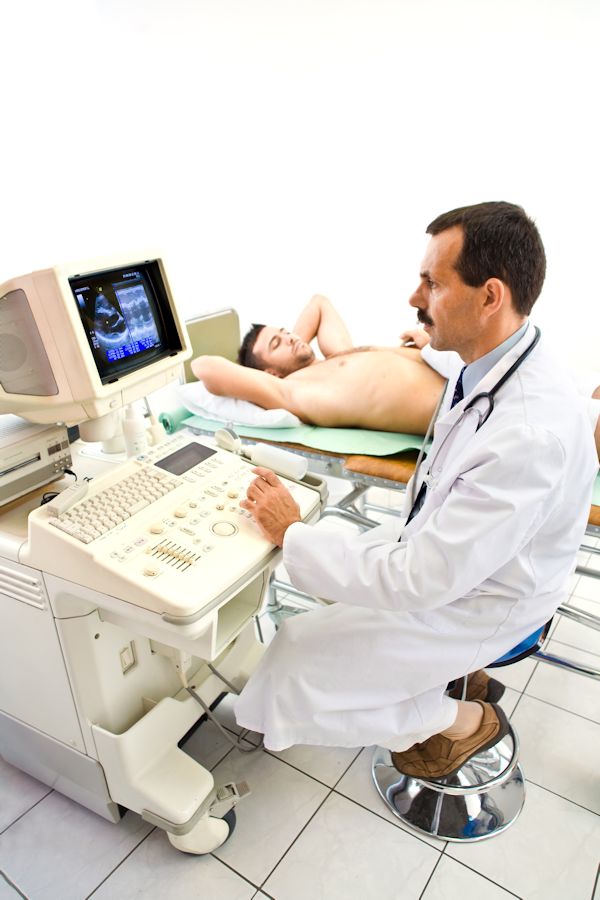Use and Orientation of Equipment
Examination Rooms
The layout of the examination room may have an impact on the sonographer by making equipment hard to maneuver and position.
Potential Hazards
- Doorways that are too narrow may require frequent turning and repositioning to get patients and equipment into the exam room. More force is required when starting, stopping or turning during transport activities.
- Inappropriate flooring material (e.g., thick carpet) or elevated or pronounced transitions between rooms and halls make movement of patients and equipment more difficult and may require the use of excessive force.
- Examination rooms that are too small make it difficult to properly arrange the patient and equipment for a variety of procedures.
- Examination rooms that are arranged for only one configuration force sonographers to repeatedly use the same body posture or motions for prolonged periods of time. This increases the risk of injury to the shoulders, elbows, wrists, and hands.
- Lighting that does not include dimmer switches or controls, makes monitors difficult to read. This may lead to eye strain and back and neck discomfort as sonographers lean forward to detect items on the screen.
In the next section, we will take a closer look at possible solutions to deal with hazards in an examination room.
Knowledge Check Choose the best answer for the question.
2-1. Which exam room characteristic increases the risk of injury to the sonographer's shoulders, elbows, wrists, and hands?
You forgot to answer the question!

